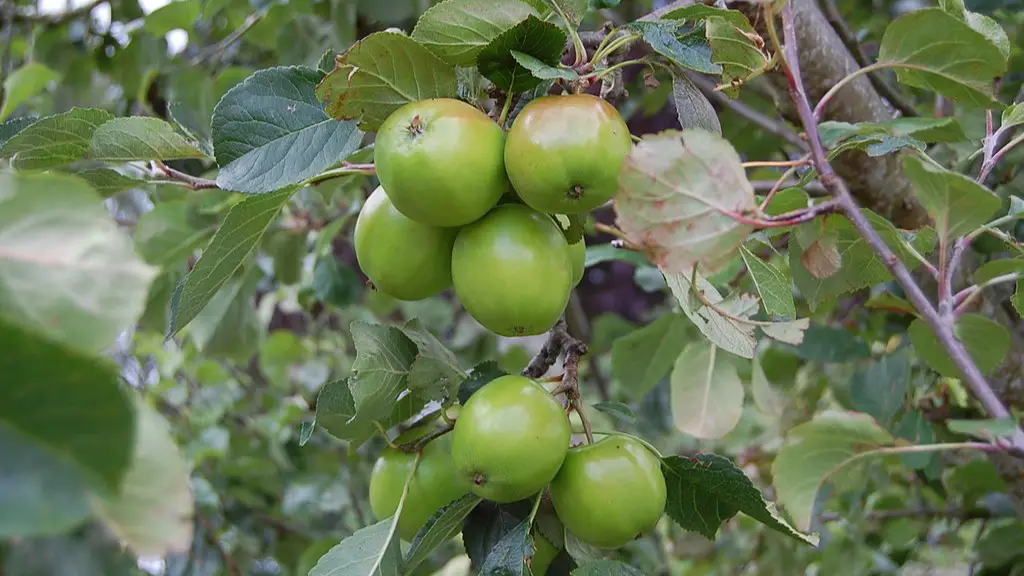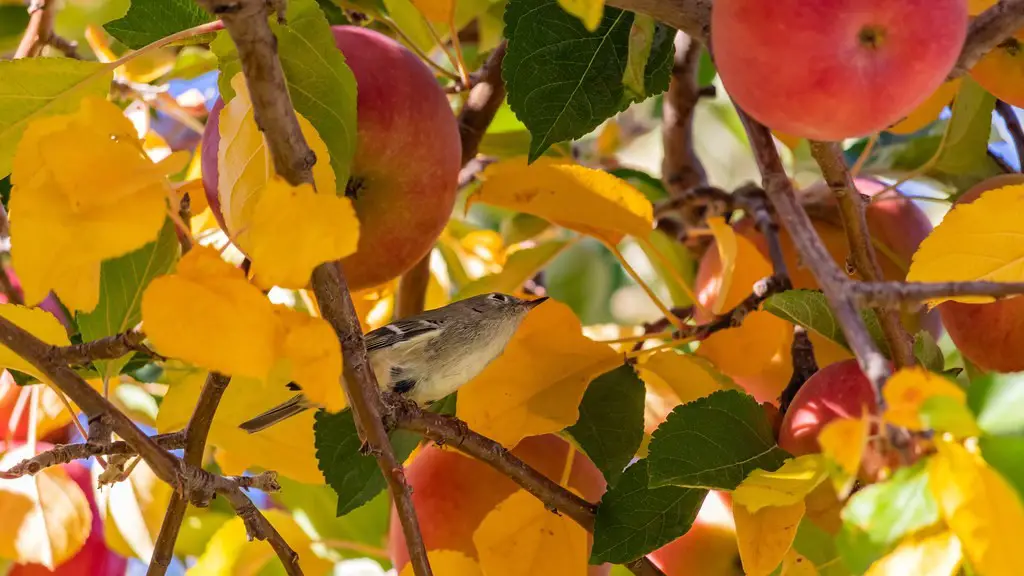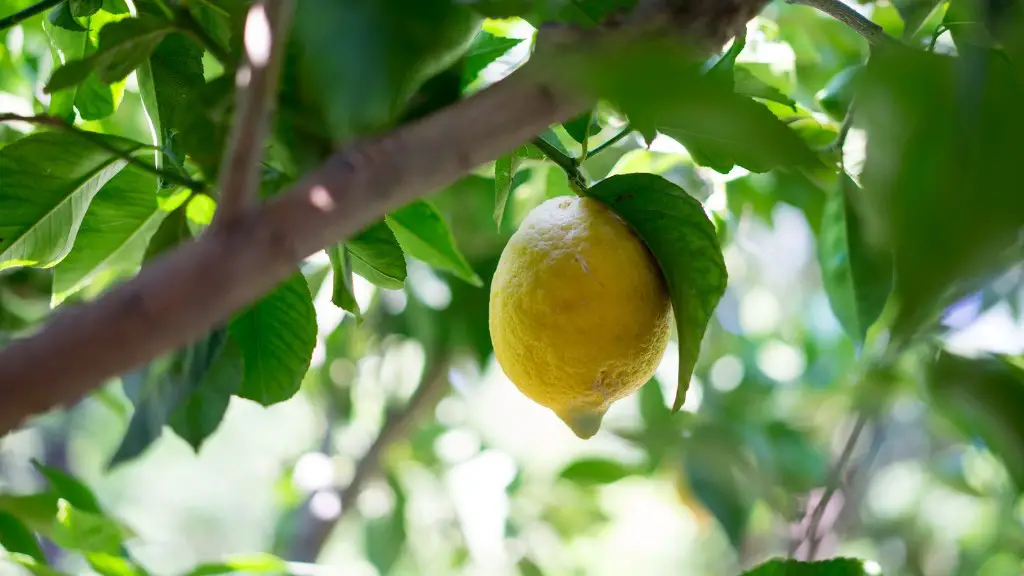Steps for Growing an Avocado Tree from a Seed
Avocado trees can make a great addition to any home as an exciting, rewarding project. Lucky for us, growing an avocado tree from a seed is relatively easy and can be done in five steps with minimal effort. All it takes is patience and a bit of know-how.
The first step in growing an avocado tree from a seed is to select and prepare the seed. Choose an avocado seed that is uniform, large, and dark in color. Occasionally, a seed may even have a little “potato-like” skin on the surface. Seeds of this type are most likely to be viable and survive the germination process. Rinse the seed in cold water to remove any seed residue and to ensure the seed is clean.
Next, the seed needs to be soaked in room-temperature water for 24 hours. This is to ensure that the seed is soft and hydrated enough for germination to take place. Then, it is best to use a toothpick to pierce two-to-three holes in the seed. These holes will help the seed to absorb more water and aid in the germination process. After this, gently place the seed in a glass filled with room-temperature water and rest it on a window sill. Make sure that the glass is placed in an area with plenty of sunlight and humidity. This will be the perfect environment for the seed to germinate.
You should change the water every 24 hours, and it may take 2-6 weeks for the seed to sprout. Once the seed has sprouted, the root should be twice as long as the seed itself. At this point, the seedling is ready to be transplanted into a medium-sized pot with well-draining soil. Use a soil-less potting medium for best results, and make sure to add a slow release fertilizer for extra nutrition.
The pot should be placed in an area with plenty of indirect sunlight and humid conditions. Water the plant when the top 2-inches of soil feel dry, and be sure to protect it from any extreme temperatures. Once the seedling has taken to the new pot, it is time to prune and shape the tree. Pruning will help direct the tree’s growth and help establish the desired shape to its branches. Prune any weak or over-extended branches to provide room for the main branches to expand.
Finally, it is recommended to provide the tree with an avocado fertiliser once every two weeks. This will ensure the tree grows densely, and will ensure it will flourish for years to come.
Choosing a Good Environment for your Avocado Tree
To ensure your avocado tree thrives, it’s important to provide it with an environment suitable for its growth. Generally, avocado trees prefer areas with plenty of indirect sunlight, warm temperatures, and moderate humidity. Placing the tree in the proper environment will help it reach its desired height and size, and will help prevent poor growth due to weather conditions.
Avocado trees can also be affected by extreme temperatures, so it is important to give special attention to its positioning. While the tree loves warm temperatures, it must be sheltered away from extreme heat or direct sunlight. Keeping the tree away from harsh, dry winds is also recommended.
Installing a humidifier can also help keep the tree healthy and moisturised, especially in dry and arid climates. Providing adequate protection against pests and diseases is also important. If you can, it is best to select an area that is sheltered and away from kood spot.
Most importantly, be sure to move the tree indoors if temperatures fall below a certain range. After all, you want your tree to continue thriving for years to come!
Requirements for a Healthy Avocado Tree
Home-grown avocado trees have many requirements that need to be adhered to in order to ensure that they flourish and remain healthy. With adequate care and attention, your avocado tree can produce fruit in as little as 2 to 4 years.
Most importantly, avocado trees need plenty of watering. Keep the soil consistently moist, ensuring that the tree is never allowed to dry out. Also, ensure the plant does not sit in water for too long. Generally, it is recommended to use drip irrigation to ensure the tree receives enough water without the risk of over-saturation.
Avocado trees also need to be fed regular fertiliser. Using a slow release fertiliser will help ensure the tree receives all the necessary nutrients. Feed the tree once a month for the first year, and then increase to once every other month during the second year. Once the tree is established, you may need to feed it once every two weeks or so.
Finally, it is important to prune your avocado tree in order to keep its desired shape and size. Prune any overgrown, weak, or dead branches to create a more even spread of branches. This will also allow more light to hit the plant and provide respiration to the branches.
Common Diseases and Pests
Avocado trees can be affected by pests and disease if they are not taken care of properly. The most common pests are scale insects and mites, which feed on the tree’s leaves and bark. If left untreated, these pests may even kill the tree. To prevent this from happening, examine your tree regularly for any signs of infestation and act immediately if any is found.
It is also important to recognize any signs of disease that may affect your tree. The most common disease found in avocado trees is root rot, which is caused by too much water accumulation in the soil. If left untreated, root rot can cause root damage which can eventually kill the tree. To prevent this from occurring, ensure the soil drains properly and is not too moist. It is also important to avoid re-planting the tree in the same soil, as this can cause further infection.
Conclusion
Growing an avocado tree from a seed is a fun, rewarding experience that anyone can enjoy. While it does require patience and some effort, the results are well worth it. As long as the tree is provided with an adequate environment, ample nutrition and water, and effective pest and disease prevention, it can be expected to grow strong and fruitful for years to come.



